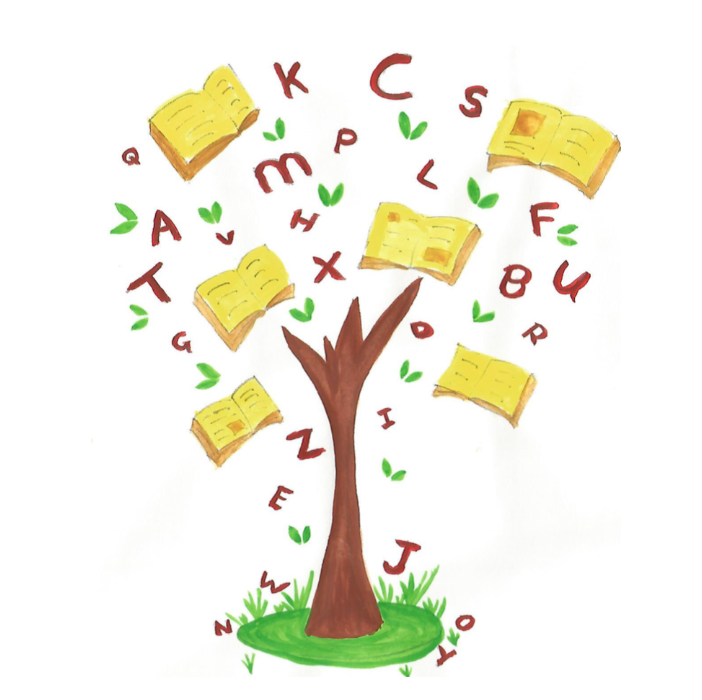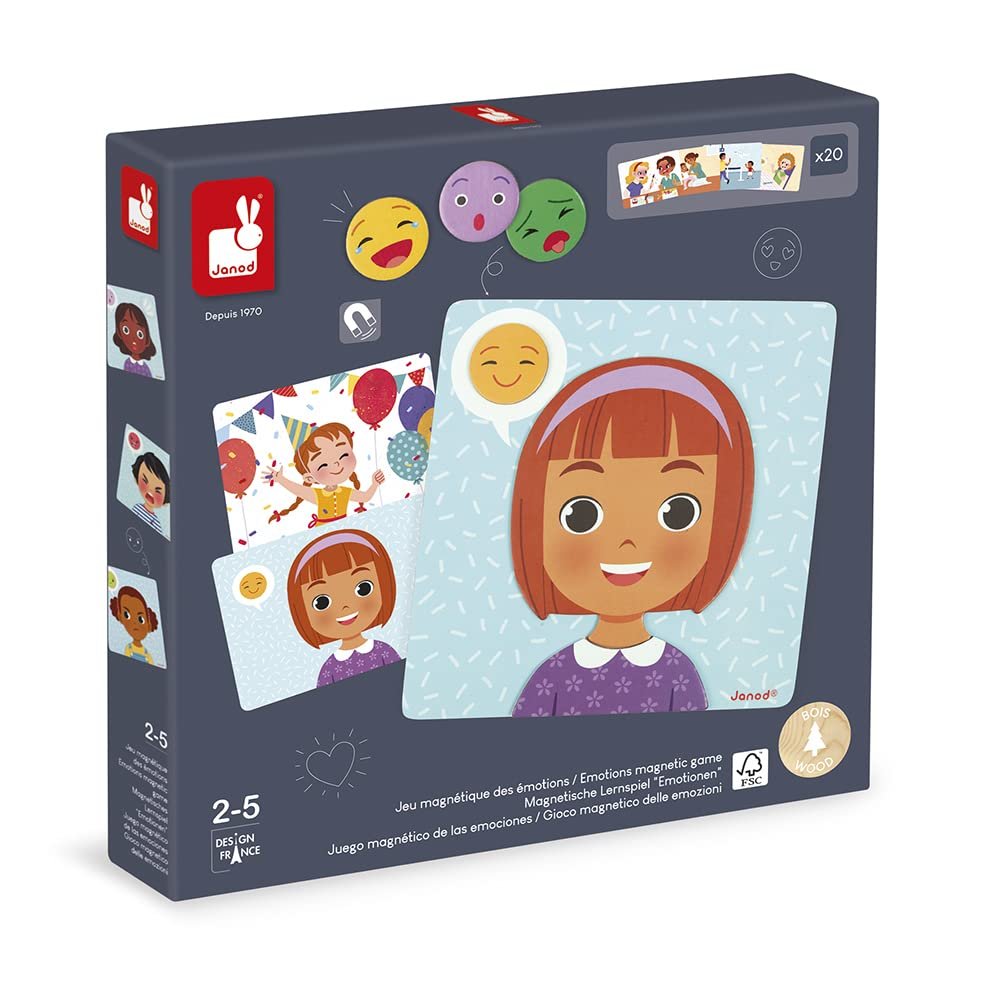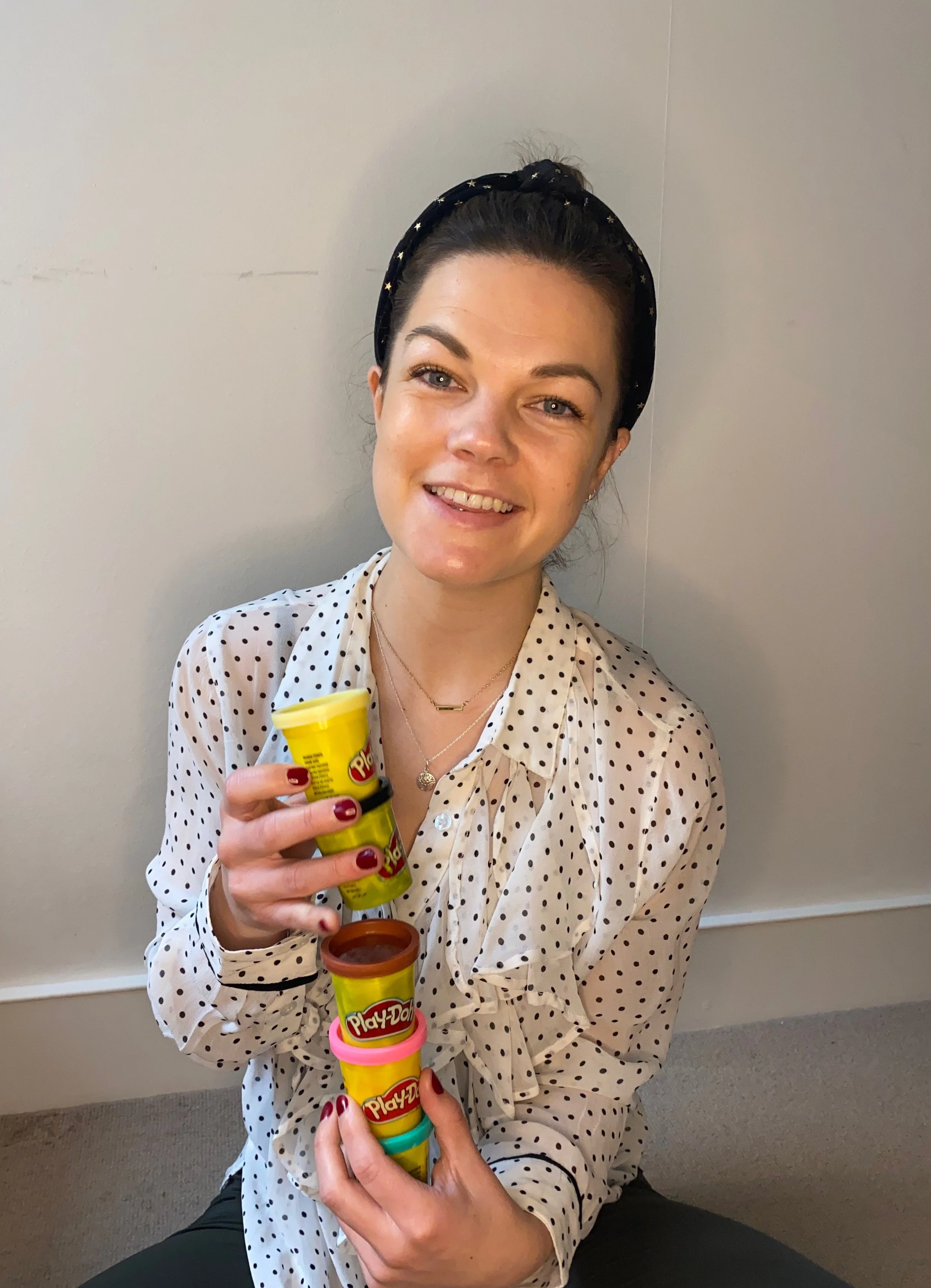6 Speech and Language Therapy Terms explained.
As speech and language therapists, we should have excellent communication skills right?!?
Unfortunately it isn’t always the way, particularly when it comes to our terminology. If you have ever read any kind of medical report you will know exactly what I am talking about!
A lot of this is to do with the ‘medical model’ of care that we tend to use in healthcare. Diagnosing a ‘condition’ and recommending a treatment plan to ‘remedy the problem’. I am sure you can tell by my use of quotation marks here that I feel conflicted about this way of looking at things.
On one hand, I question whether we should really be diagnosing ‘conditions’ or ‘problems’ in out speech and language clients? Would it not be better to consider these as differences to be celebrated and supported?
On the other hand, as someone with a medical condition (IBS), I do not want anyone to celebrate the fact that I can’t eat onion, garlic or drink a lot of dairy without experiencing a lot of pain. I just want someone to ‘fix it’ for me!
I suspect a lot of parents fall in the middle of this experience also. Let’s celebrate the amazing things about your little one, and let’s work on and support the stuff that is hard for them. Let’s educate others around them to help build a more inclusive world whilst helping the little one themselves with the things that could make life more challenging. (Perhaps this topic is a blog post for another day!)
Until we work this out as a profession, here are some terms that you may come across and here is what they mean…
Speech vs. language: Speech refers to the sounds we make where as language refers to the words, grammar and sentence structures we understand and use.
Delay: When we describe a child as having a delay we mean that they are following the ‘typical’ developmental sequence but a bit behind where we would expect them to for their age (if you think about this in terms of motor skills that would be, crawling, walking, running).
Disorder: When we describe a child as having a speech or language disorder this means that a child is doing things outside of the ‘typical’ developmental sequence (if we use the motor example again that might mean they are crawling, forward rolling, backwards rolling and not yet walking or running).
Social communication difficulties: This phrase refers to a child finding the social use of language or non-verbal social skills (e.g. turn taking, eye contact, facial expression) difficult.
Phonological processes: These are typical speech error patterns that we expect to see as children are learning to talk (e.g. saying “tat” for “cat”).
Articulation: the movements of the mouth that make speech sounds.
3 Toys to Support Talking
Round up of my favourite toys to support speech & language development. Here are my picks for August.
Fisher Price Piggy Bank
This toy is a great one for children from 6 months up to early primary age! The ‘container play’ element of this toy (putting items in and out of containers) is fun and highly motivating. If you have read anything I have ever written you know I am all about making learning fun, so that box is ticked here!
While your little one plays with this toy there are so many opportunities to model language, concepts: colours, numbers; positional language: in, out, next to, under; action words: push, press, pick up.
This toy also lends itself to working on early social skills, turn taking & requesting (asking for the coins).
Magnetic Fishing Rod
Who said bath toys have to stay in the bath!?
This fishing game is designed for the bath but why not use them when your little one is engaging in water play, either in a tray table, or just fill a washing up bowl with water and place it on a towel and off you go!
To make this a communication-boosting activity you can do something silly while your little one is playing (the key here is to make communication irresistible!) so that might be covering the fish in bubbles, having your little one ‘catch’ your finger as opposed to the fish, making the fish dive into the water before your little one catches them. These silly moments create opportunities for communication to occur whether that’s them looking at you, smiling, laughing with you, commenting to you - it all counts!
Magnetic Emotions Game
This game is a lovely way to introduce the concepts of emotions to your little one. If they aren’t yet talking in sentences or find understanding longer instructions tricky, don’t worry too much about going full-on with this one but there is no harm in gently introducing the different feelings vocabulary.
I also like the idea of using this almost like a puzzle for really little ones, and just having them stick the magnets on, you can come back to the feelings words later!
*some links are affiliate links which means if you click through and choose to buy I earn a small commission.
3 ways to use play-doh to help your child communicate
I am often asked how to use different toys to support communication skills. So I thought I would share my top tips for using everyone's favourite messy play toy... play-doh!
Whether you have the brightly-coloured shop-bought or home-made stuff these tips work just as well!
Support play skills through modelling!
Not the type of modelling we usually associate with play-doh, but simply acting out the play scene for your little one and then pausing allowing them time to imitate should they wish to.
This strategy works well if your little one has difficulty generating new ideas within play, and gets stuck on the same play routines over and over again.
Make a play-doh monster!
Make play-doh cookies/ cakes/ salad!
Make a play-doh road and drive/ walk your little one’s favourite toys across it making different tracks.
Develop vocabulary through commenting!
While your little one is playing, comment/ label what they are doing using short phrases (long sentences are too overwhelming!). Try to model a variety to different words…
Adjectives (e.g. size, shape and colour vocabulary)
Positional language (e.g. in, on, under, next to)
Actions (e.g. roll, squeeze, push, open, cut, bake)
Expand your little one’s language and recall skills!
Expand your little one's language by recapping what you did whilst playing with the play-doh. Take photos while you play, and talk about them later.
If your little one says 1-2 word phrases: Repeat the language you modelled during play, while looking at the photos together (e.g. point to the picture and say "roll play doh")
If your little one is saying sentences: Show them the photos and talk about what happened using sentences (e.g. "you rolled the play-doh, you made a cookie").
*some links are affiliate links which means if you click through and choose to buy I earn a small commission.







